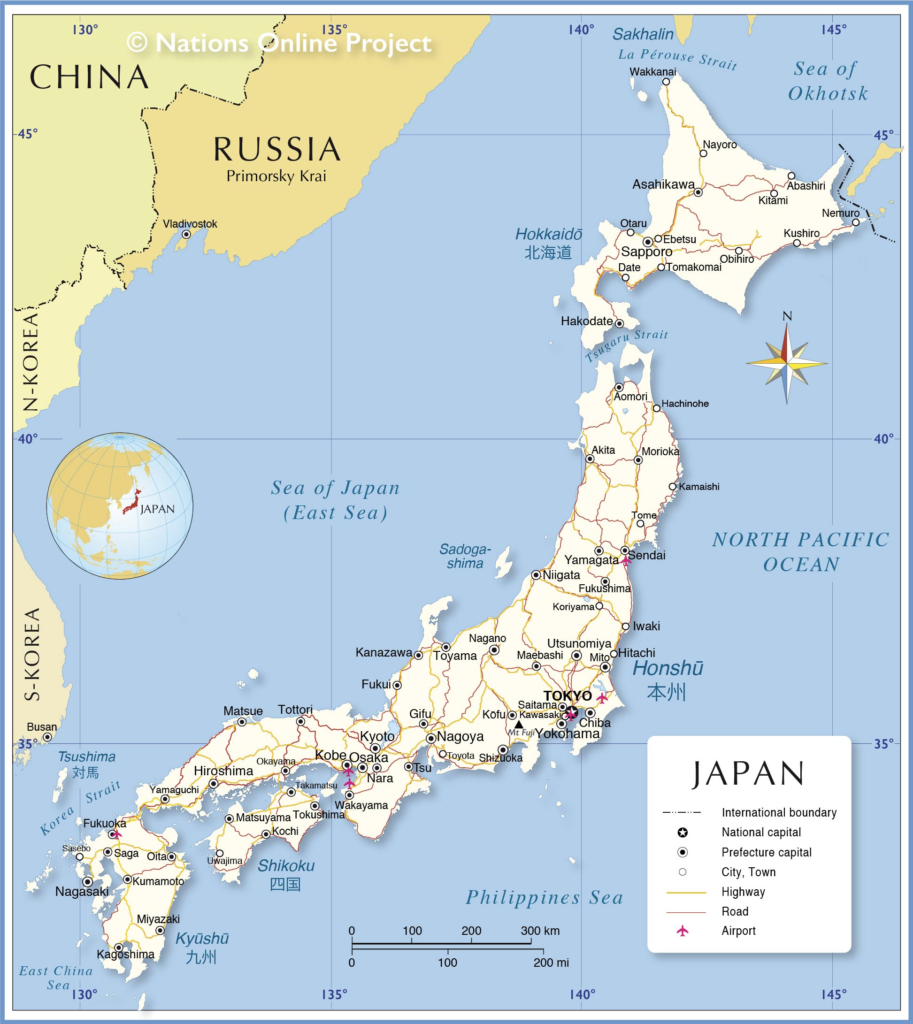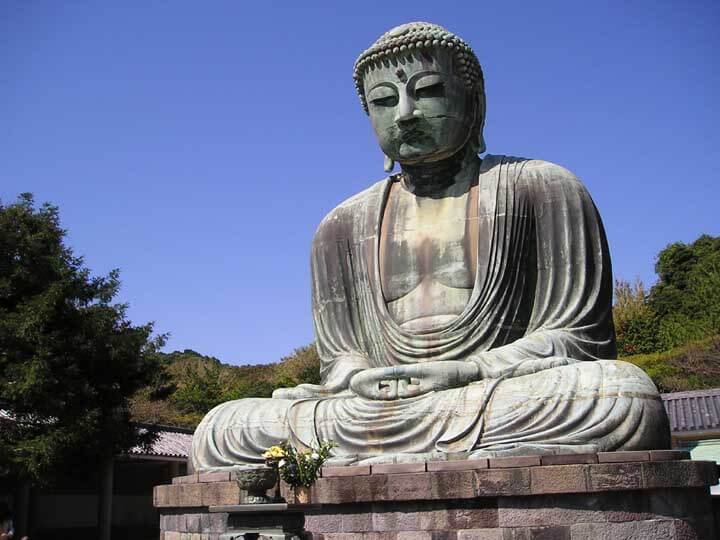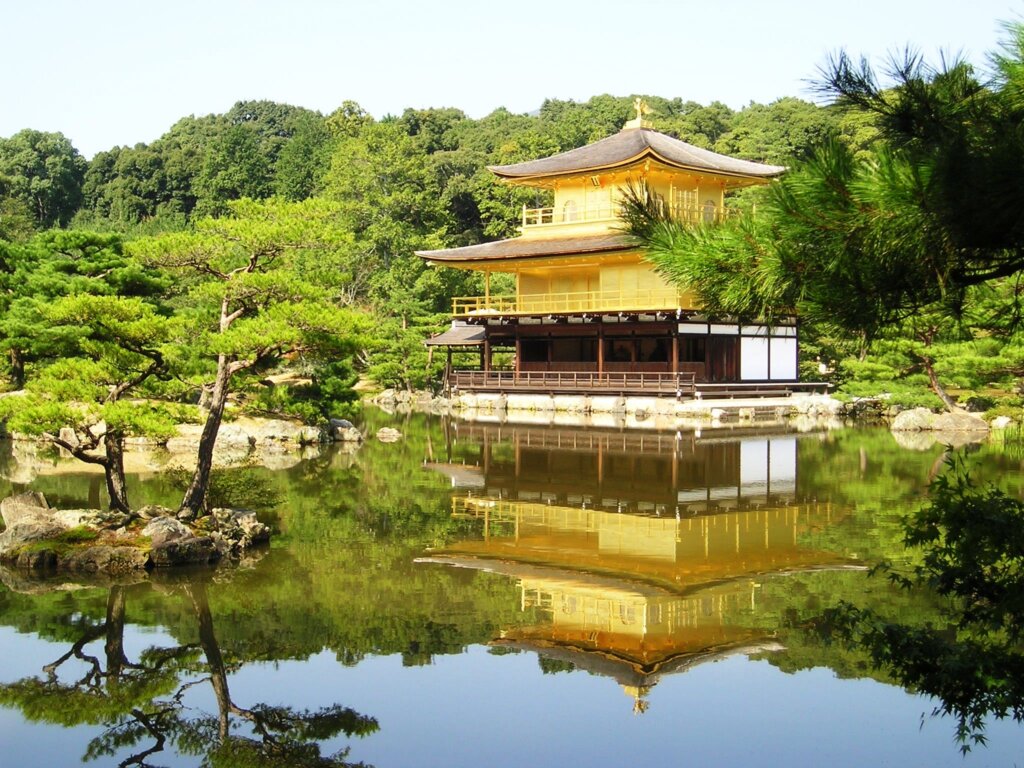LAND OF THE RISING SUN Last Updated: September 1, 1978
JAPAN
What took us to Japan way back in 1978 was a meeting of the World Congress of Cardiology in Tokyo. Planning our first visit to Japan was an exciting experience.
We started with the idea of forming a group of 10 to 12 friends. It dwindled to just 5 of us, all doctors. While planning, all we heard from friends was that it is very expensive to travel to Japan. But we were determined as all of us were connected with the medical conference.

The conference was being held at Hotel New Otani. At that time perhaps it must have been the newest hotel. The surrounding ground also has a very beautiful garden. Our small hotel was located right across from the Tokyo Imperial Palace. During the conference, the three gentleman doctors went to the venue of the conference. I and my friend decided to explore Tokyo – esp. Ginza.
Ginza is famous for shopping with three very popular shops – Mitsukoshi, Matsuya and Matsuzakaya.
There are three forms of Japanese theatre. kabuki, noh, and bunraku. At the courtesy of conference, we went to see a Kabuki performance.
Another trip we made was to visit Nikko, a religious destination in hills with a lake and waterfall.
Our travel itinerary/plan was simple – Mumbai to Tokyo. On our return journey, we stopped at Hongkong and Thailand.
All thru this journey my husband and friends travelled on Thai Airways while I travelled separately on AIR INDIA.
Tokyo airport had moved to a new airport, NARITA rather far from the city.
When I reached there, there was some commotion. Narita airport had completed 4 weeks since opening and farmers in the neighbourhood whose land had been acquired were protesting. A staff member from Air India was present at the airport.
For our sightseeing on this trip, we joined an organised tour which followed more or less a standard itinerary starting from Tokyo – the new capital to Kyoto, one of the ancient capitals.
We travelled from Tokyo by bus and first went to Kamakura to see the majestic outdoor statue of Buddha made of metal, called Daibotsu in Japanese.

From here we drove on to Hakone, in Japan’s Fuji-Hakone-Izu National Park west of Tokyo. It is a mountainous town known for its hot springs resorts (onsen) and views of the iconic volcano Mount Fuji in the right season. It also encompasses Hakone Shrine, a Shinto shrine with a red “torii” gate overlooking Lake Ashi, which can be toured by boat, as well as the boiling sulphur springs of the Owakudani Valley. We stayed for 1 night in Hotel Fujiya in Hakone – a town known for spas and volcanos.
Lake Hakone, near which there is an open-air sculpture garden.
Than we reached Atami railway station to travel to Kyoto by famous Shinkansen train.
During our stay in Kyoto, we saw several important temples and gardens and went to Nara for a day’s visit.

From here to Osaka and flew out of Japan to Hongkong.
After this, I went to Japan along with my husband several times to attend conferences or visit hospitals to learn, then a new technique called ECHOCARDIOGRAPHY.
Travelling in Japan by train is very easy. Though Japan is famous for its fast Shinkansen trains, we realised small trains go everywhere, even to small villages. Later I came to know that it is a must for the government to provide transport and schools to every community.
I fell in love with this country of scenic beauty and a serene atmosphere.
1982 – For training in Echocardiography at hospital in Tokyo followed by training at National Heart Institute in Northern Osaka.
On the way, we again passed through Hakone.
1983 – We went to Tokyo during the fall season for one more meeting. This is when I got to see gardens full of exhibitions of Crysanthmum arrangements at their best.

1986 – We attended the 2nd ICDS Congress in Kyoto. My daughter also accompanied us as it was vacation time. From there via Hiroshima where we visited the Peace Museum, we proceeded to Kagoshima on Kyushu island. Sakurajima volcano is located on an island close to Kagoshima and frequent eruptions cover Kagoshima with dust from time to time.
1990 – My husband was invited as a guest speaker at the inaugural meeting of the Japanese Society of Echocardiography held in Kobe.
We took the opportunity to do a boat journey across Japan’s Inland Sea.
We wanted to go across the longest distance. So we visited Mt.Aso in the centre of Kyushu island and returned by a boat journey starting at Beppu and ending in Hiroshima through the Japan Inland sea which is studded with many islands.
The same year another visit to Tokyo in December for a meeting.
Couldn’t resist the chance of seeing Mount Fuji in winter.
In my further writings about my several visits to different destinations in Japan I am going to use ” Going Solo in Japan” as we chose these places independently and organised the travel according to our budget and time available. Of course our local friends were always there to help us plan,
Though Japan is famous for its cherry blossoms season in spring I think it is equally beautiful during the fall season with forests changing to bright orange and yellow fall colours. In a way, this is my favourite time of the year to visit Japan. During summer it gets very hot, June is the springtime. During July and August, typhoons are very common. After the autumn equinox on September 23rd, the fall season starts.
As I said earlier I have visited Japan at different times of the year but never during cherry blossom season. During every visit, we took the opportunity to see scenic places and temples and gardens wherever we went.
THE END
